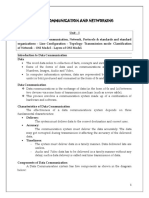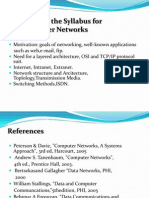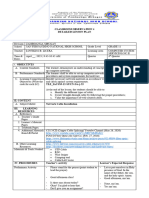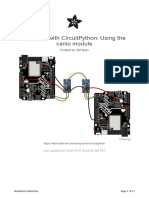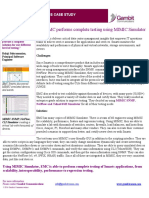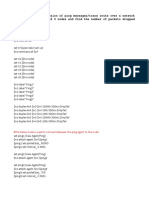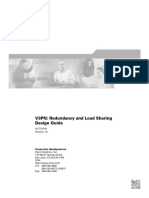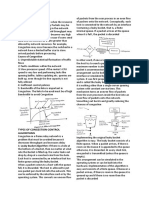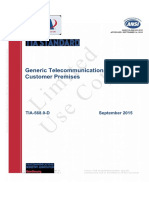0% found this document useful (0 votes)
39 views4 pagesNetworks Lect 05
The document provides an overview of data communications and networks, defining key components such as messages, senders, receivers, mediums, and protocols. It discusses various network topologies, types of networks (LAN, WAN, MAN), and criteria for evaluating networks, including performance, reliability, and security. Additionally, it includes exam questions related to these concepts, covering multiple-choice, short answer, and long-form responses.
Uploaded by
contactshahkaarCopyright
© © All Rights Reserved
We take content rights seriously. If you suspect this is your content, claim it here.
Available Formats
Download as PDF, TXT or read online on Scribd
0% found this document useful (0 votes)
39 views4 pagesNetworks Lect 05
The document provides an overview of data communications and networks, defining key components such as messages, senders, receivers, mediums, and protocols. It discusses various network topologies, types of networks (LAN, WAN, MAN), and criteria for evaluating networks, including performance, reliability, and security. Additionally, it includes exam questions related to these concepts, covering multiple-choice, short answer, and long-form responses.
Uploaded by
contactshahkaarCopyright
© © All Rights Reserved
We take content rights seriously. If you suspect this is your content, claim it here.
Available Formats
Download as PDF, TXT or read online on Scribd
/ 4














